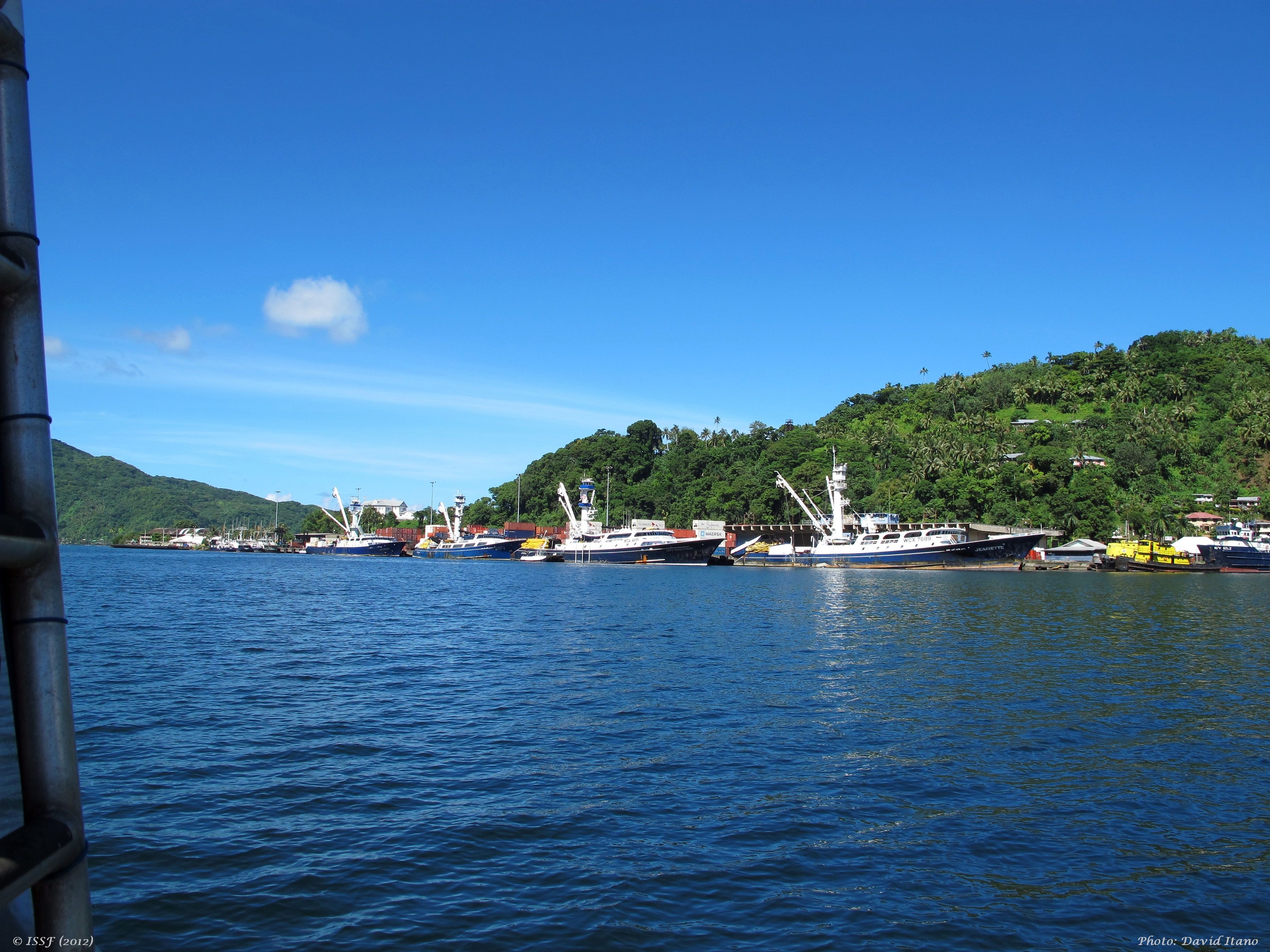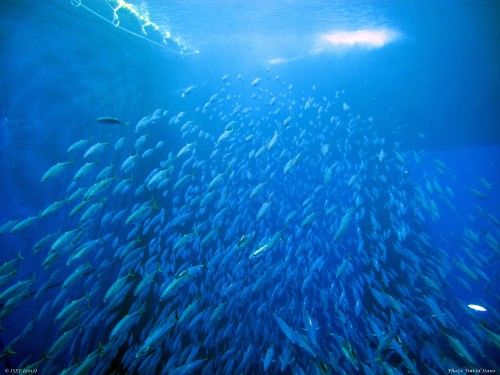Marine Science and Conservation Experts Join ISSF Committees
The International Seafood Sustainability Foundation (ISSF) is pleased to announce the addition of three new members to its Environmental Stakeholder Committee (ESC) and one addition to its Scientific Advisory Committee (SAC). Marine Stewardship Council (MSC) Global Fisheries Coordinator Jim Humphreys, FishWise Project Director Kathleen Mullen-Ley, and Sustainable Fisheries Partnership Global Tuna Director Tom Pickerell will contribute their experience to the ISSF ESC. Inter-American Tropical Tuna Commission (IATTC) Senior Scientist-Investigator Dr. Alexandre Aires-da-Silva will join the SAC.
ISSF committees welcome Jim Humphreys, Kathleen Mullen-Ley, Tom Pickerell, & Alexandre Aires-da-Silva. Share on XJim Humphreys joined the Marine Stewardship Council (MSC) in 1999, and currently serves as the Global Fisheries Coordinator. Humphreys has 20 years of experience working with Sea Grant Marine Advisory Programs in Michigan and Washington State, and with the seafood industry on the U.S. West Coast and in British Columbia and Alaska. In his roles with MSC, he has worked with fisheries and stakeholders in North America, Latin America, the Caribbean, and the Russian Far East. In his current role, he is responsible for strategy and coordination of select global projects, and is currently working on tuna and crab. He lives in Tacoma, Washington. He has a Bachelor of Science degree in Fisheries Science from Oregon State University and a Master of Science degree in Natural Resources from the University of Wisconsin at Stevens Point.
Kathleen Mullen-Ley works with FishWise’s business partners to develop and implement ambitious sustainable seafood programs that address critical environmental and social challenges in seafood supply chains. Previously, Mullen-Ley was a marine science educator in San Diego. She holds a Master of Advanced Studies degree with a focus on international tuna fisheries management from Scripps Institution of Oceanography, and a Bachelor of Arts in Environmental Studies from University of California, Santa Cruz.
Dr. Tom Pickerell is the Sustainable Fisheries Partnership (SFP) Global Tuna Director responsible for SFP’s tuna work program including the global fresh & frozen tuna supply chain roundtable and canned tuna program. Before joining SFP, he worked for Seafish, where he was the Technical Director. Previous to that role, Dr. Pickerell was the Senior Science Manager for the Seafood Watch program at Monterey Bay Aquarium in California. Earlier, Dr. Pickerell worked at WWF UK, where he was the Fisheries Policy Officer; and Defra, where he held a variety of different policy and strategy roles in fisheries and aquaculture.
“The addition of Jim, Kathleen and Tom to the ISSF Environmental Stakeholder Committee is integral to continuing the march toward the organization’s objectives laid out in ISSF’s five-year Strategic Plan,” said ISSF President Susan Jackson. “Their experience across several disciplines in the fisheries management sphere augments an already robust group of conservation minds working together on the ESC.”
Newest SAC member Dr. Alexandre Aires-da-Silva joined IATTC’s Tuna-Billfish group in 2007. His main responsibility is stock assessment of bigeye tuna in the Eastern Pacific Ocean.
“Dr. Aires-da-Silva is a force when it comes to population dynamics, modeling and stock assessments, and more — all skills that we value tremendously on the Scientific Advisory Committee,“ said SAC Chair Dr. Victor Restrepo. “Alex is going to play a critical role in continuing to build out ISSF’s research capabilities and science-based best practice advice.”
Dr. Aires-da-Silva specializes in stock assessment, but his career has covered a great diversity of experience in fisheries science, from modern quantitative methods to team leader on several research cruises. He began his career at the University of the Azores, Portugal, where he worked on pelagic longline fisheries with an emphasis on sharks. He received a Fulbright Scholarship to the School of Aquatic and Fishery Sciences at the University of Washington, USA, where his PhD research focused on the population dynamics of the blue shark in the North Atlantic Ocean.
Committee Experts Advise ISSF Board of Directors
The ISSF Board receives information from formal and informal partners — environmental stakeholders marine scientists, fishers, and vessel owners — who share insights from the field.
The ISSF Scientific Advisory Committee comprises some of the world’s leading marine and tuna fisheries scientists. The SAC guides ISSF’s research priorities and supports its technical reports, notably the annual Status of the Stocks report and online interactive tool. ISSF’s Environmental Stakeholder Committee includes representatives from conservation and scientific organizations that volunteer to share their expertise.
The SAC and the ESC provide advice to the ISSF Board of Directors on issues to consider before taking action on specific sustainability efforts, including regarding ISSF conservation measures that ISSF Participating Companies commit to conform to with the goal of improving the long-term health of global tuna fisheries.








